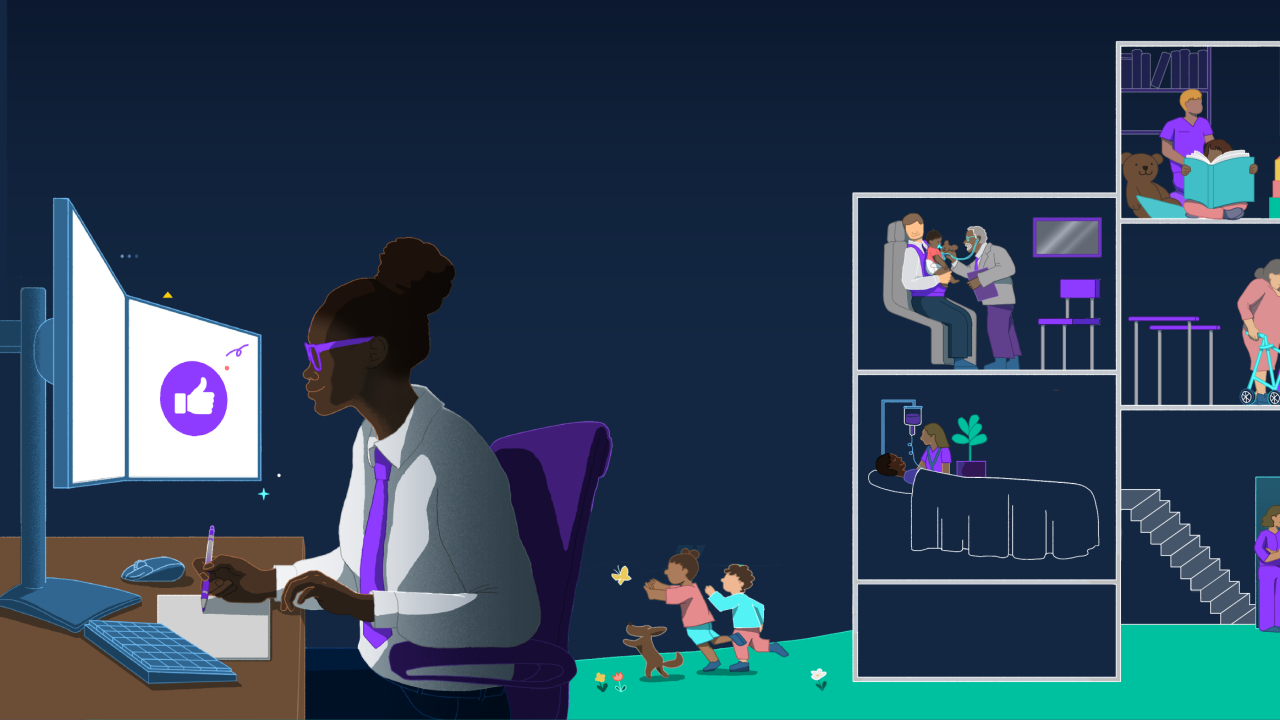President Biden's student loan forgiveness program would have canceled up to $20,000 of student loan debt until it was struck down by the U.S. Supreme Court. It's
While the administration has since introduced an income-driven student loan repayment plan called SAVE, HR and benefit professionals can expect an increased level of benefits-related inquiries in the coming months as new financial pressures mount. Student loan interest resumed on September 1 and
Read more:
Employers have a new opportunity to modernize benefits offerings with the help of their advisers to better meet the ever-changing challenges faced by today's workers. Here are three steps to consider in light of the SCOTUS student loan relief decision.
1. Explore tuition and loan reimbursement programs
Following this decision, organizations should think about what their own requirements are for employment. A recent survey
Given the high cost of education and mounting student loan debt, organizations should consider offering an employer-sponsored education reimbursement program such as tuition reimbursement accounts and student loan repayment benefits. These programs can help ease the financial burden of continued and previous education.
Data from the HSA Bank Health & Wealth Index
2. Offer customizable benefits for mental health and financial planning
It's critical to ensure that employee mental health is being supported. It's even something job seekers are searching for. About half (48%) of Gen-Z and millennials
Read more:
Benefits should be created to enhance and support teams. With more than half of Americans reporting that money worries erode their mental health, employers have a duty to prioritize programs to address these concerns. This can be done by increasing annual matching contributions for FSAs and HSAs during times of increased uncertainty to help support eligible mental health expenses.
Lifestyle spending accounts, or LSAs, are another up-and-coming program that allows companies to offer flexibility in how their benefits are used. These are post-tax, employer-funded accounts that can be used to help employees save on common expenses like gym memberships, personal or family counseling and even financial planning courses. These accounts allow organizations to provide flexibility in their overall offerings but also react quickly to timely matters that impact the well-being of employees.
3. Consult brokers and vendors for additional support
At the core of any benefits package is a combination of brokers and service providers helping employer clients provide a unique offering to their employees. Their expertise will help explain the ins and outs of various insurance plans, FSA/HSA reimbursement and even mental health offerings.
Read more:
Now is the time to reconnect with your employer clients to understand if they're underutilizing existing offerings. It's also helpful to understand how other companies are reacting to the SCOTUS ruling and take the necessary action to remain competitive in a tight labor market.
In addition, be sure to offer webinars, coaching and temporary support for significant moments in time, help clients understand all the options available to them and even uncover new perks they may not have been aware of.
While many organizations only review benefits once a year, assessing the need for student loan assistance year round will help them remain flexible during times of economic change and crisis. As more employees express concerns about student loan repayment, it's important for companies to seek ways to enhance their offerings when they can.
The SCOTUS ruling offers a unique opportunity for HR teams to define with the help of their advisers how the workforce will prioritize their mental health and financial well-being. As companies look to retain and attract new talent, student loans will likely be top of mind – creating an opportunity for organizations to differentiate themselves with new benefits offerings.






